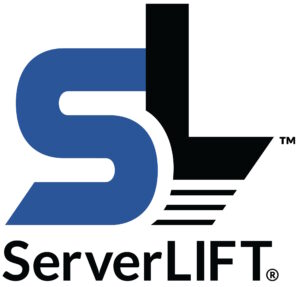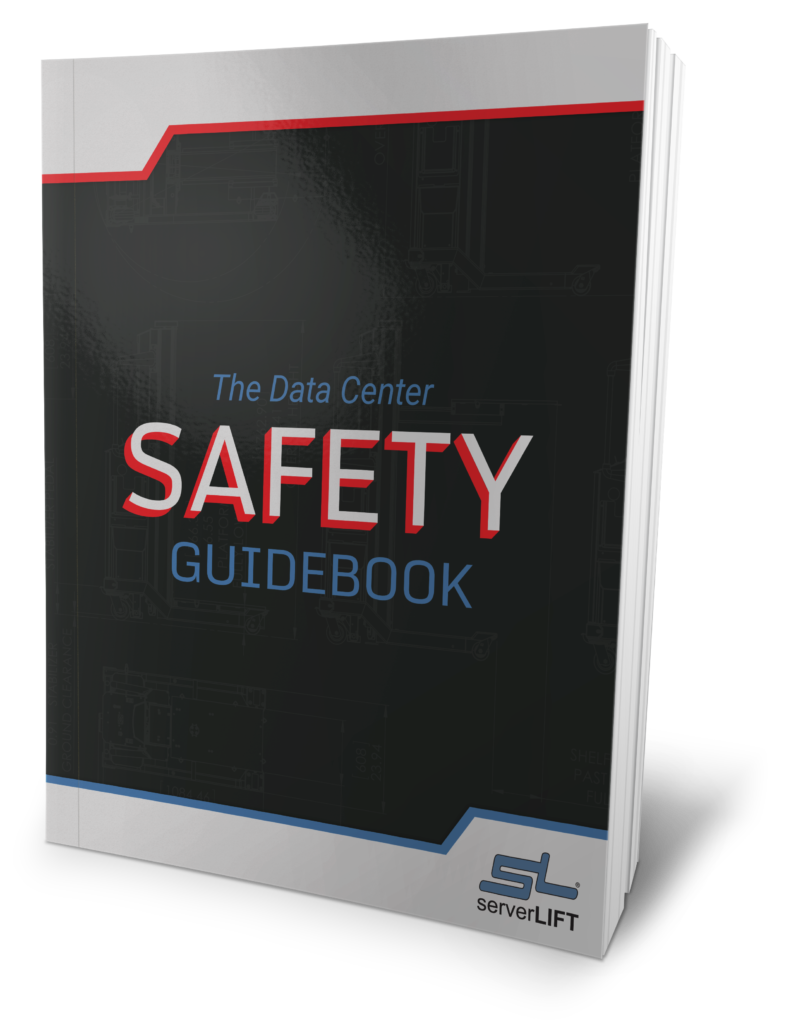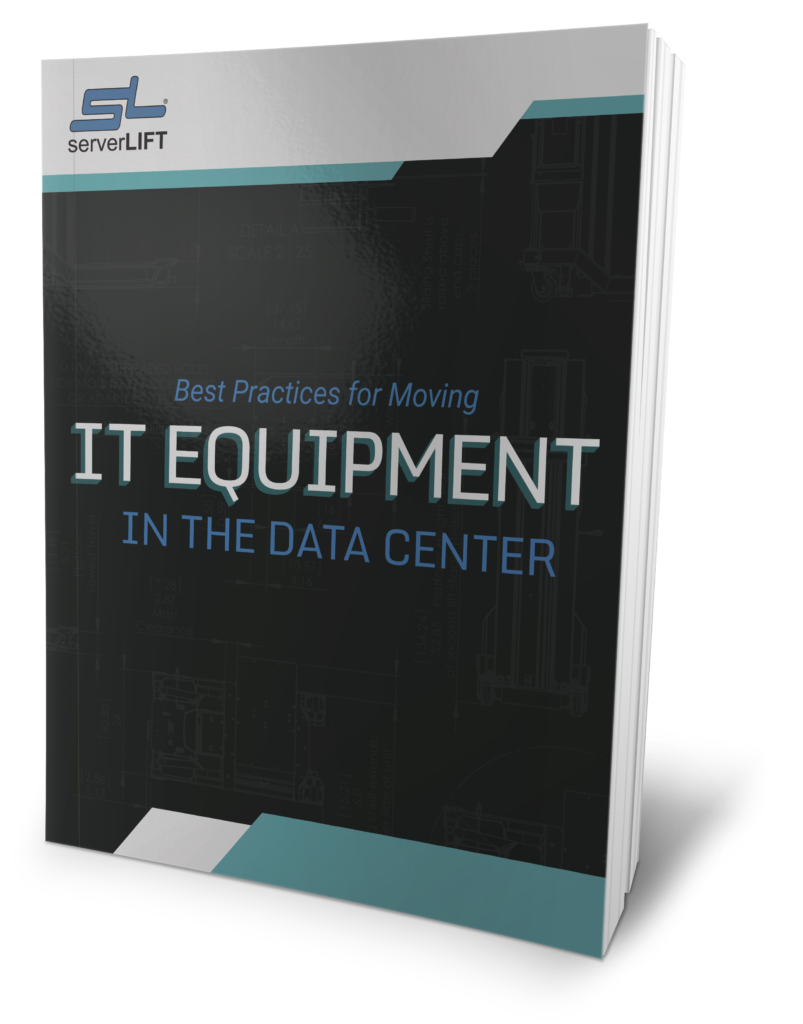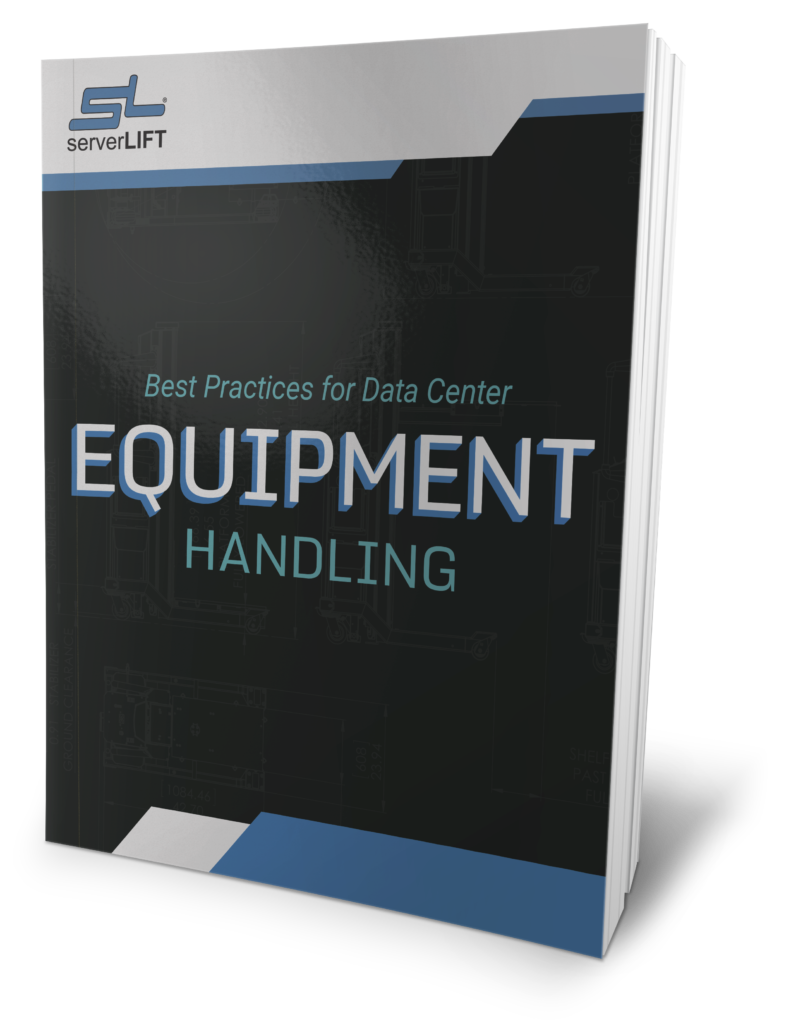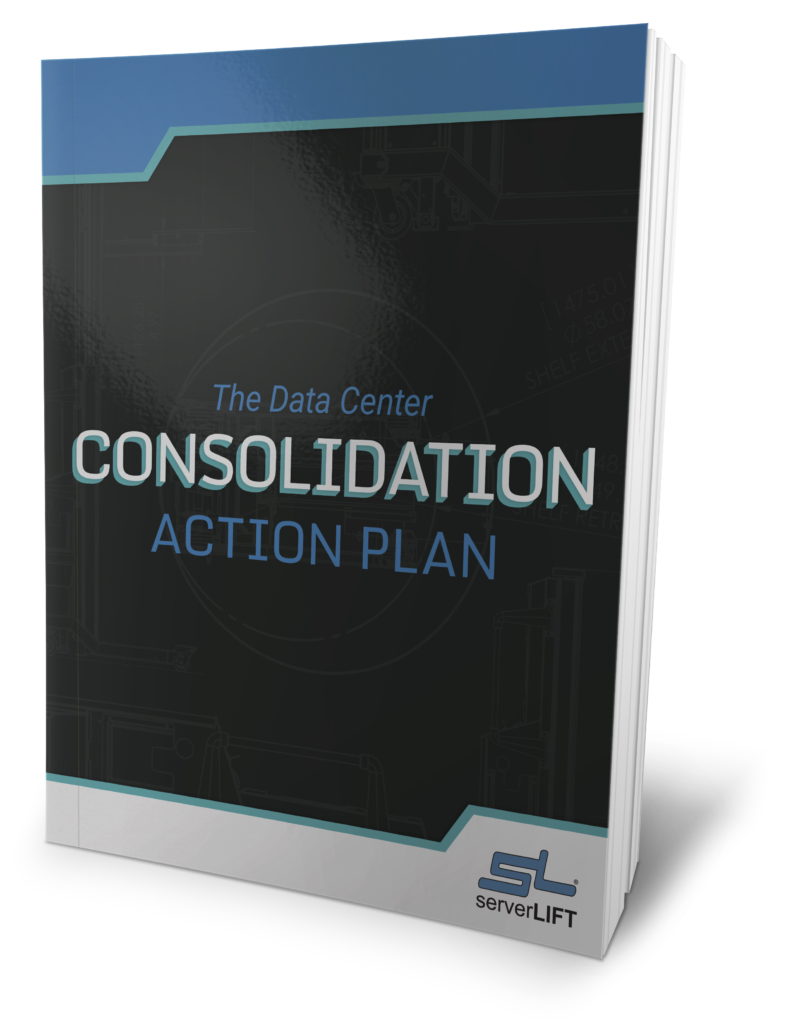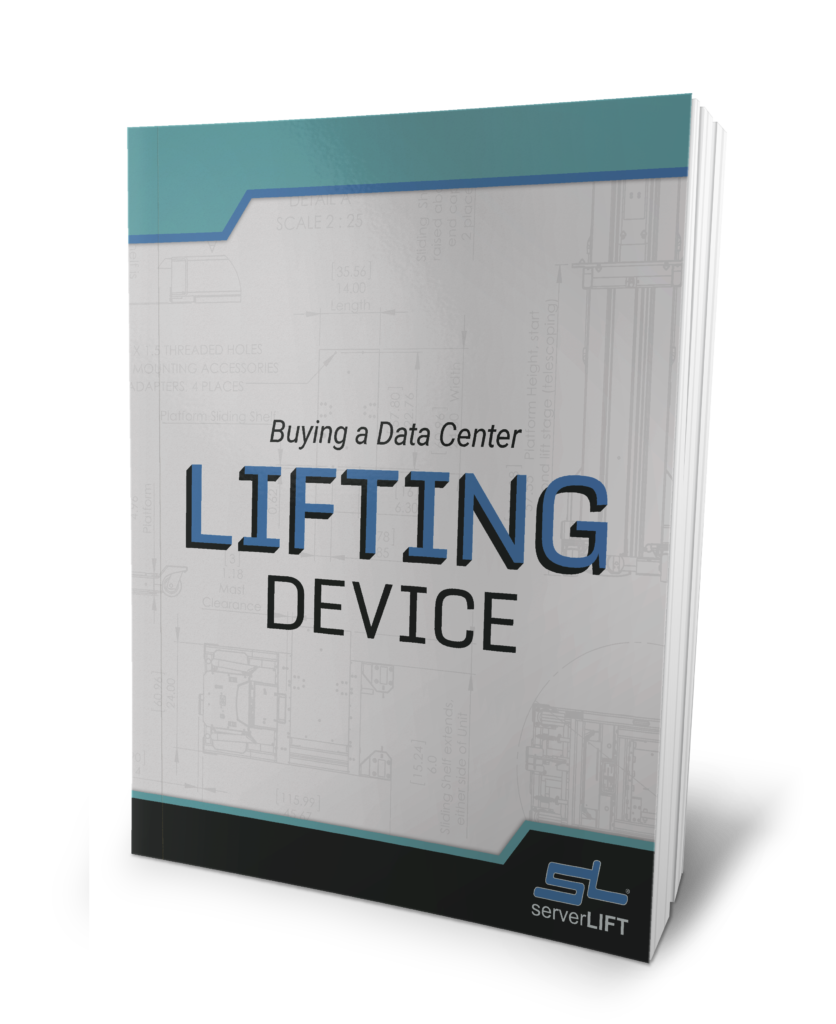Maximizing performance while minimizing your equipment’s physical space is a considerable challenge for many data centers. It’s a delicate balance to meet the demands for power and speed of today’s advanced AI, machine learning, and cloud applications while controlling costs, energy consumption, and physical footprint.
While there’s no one-size-fits-all solution, the following data center rack density optimization best practices are a great place to start.
1. Opt for high-density servers.
The traditional rack server style is great for versatility and scalability. Modular options exist in the traditional style, too. If data centers choose racks carefully, they can optimize for dense, high-performance computing while still maintaining a traditional rack setup. We’ll talk more about modularity later.
Blade servers are a good option if density is most important. Blade servers are thin and compact and designed for small spaces without significant performance loss. They’re not as versatile and modular as traditional servers, but they’re the most efficient way to have more computing power in a smaller footprint.
Another good option is servers with hyper-converged infrastructure (HCI). An HCI server contains everything necessary for networking, storage, and computing in one space. Condensing these functions into one package saves the space that additional components would take up.
2. Choose GPU-accelerated servers.
GPU-integrated servers are designed for tasks that need high parallel processing power. They handle complex calculations used for machine learning, deep learning, 3D rendering, video transcoding, and scientific simulations more efficiently than a standard CPU. They are perfect for applications that rely on parallel computations.
GPU-integrated servers handle parallel processing tasks more quickly and efficiently, reducing computing time and freeing up resources to handle other complex tasks.
Data centers handling AI and other high-performance tasks may opt for servers that support multi-GPU configurations. These servers include multiple GPUs within a relatively small physical footprint for maximum processing power.
3. Optimize equipment for power and cooling.
The right balance between powerful processing and cooling efficiency pays dividends over time.
Choosing energy-efficient servers that consume less power per unit of workload—and therefore run cooler—saves energy, effort, and space with a more compact and simple cooling system. Since high-density servers output a lot of heat, even minor improvements help when the effects are multiplied across all the equipment in the facility.
Upgrade your data center’s cooling system to counterbalance the heat generated by power-hungry equipment. Servers with built-in air-assisted or even liquid cooling systems take up less space and function more efficiently than traditional cooling methods in high-density rack spaces.
4. Maximize storage density.
Servers with high storage density also boost performance. That’s because these servers have non-volatile memory express (NVMe) drives. NVMe drives achieve higher storage density and faster storage and access speeds during intense usage than traditional SATA drives.
Data centers analyzing large volumes of data at high speeds may opt for all-flash storage arrays. Data analytics programs and real-time databases, among other applications, run well on servers that support all-flash storage arrays.
5. Utilize server virtualization and containerization.
Numerous virtual machines run from one physical server with virtualization. This translates into a minimal number of servers on-site with maximized resource usage.
Data centers may also opt for a containerization strategy. Platforms such as Kubernetes and/or Docker manage and scale workloads, which increases server usage efficiency and boosts rack density.
6. Plan for scalability with modular designs.
Modular, scalable servers help data centers keep pace with the rapidly changing technology landscape.
Many server types offer modular designs that allow memory, storage, and processing components to be swapped without scrapping the entire unit.
Look for servers with a modular chassis where installing and uninstalling components is easy. The ideal is servers that run multiple computing components on the same cooling and power systems.
The exception is the high-density Blade servers mentioned above. Expect to sacrifice some modularity and scalability in exchange for the ultra-high-density setup.
7. Choose intelligent monitoring and management tools.
An underutilized server is an inefficient server. Why spend resources supporting a server that’s only running at half capacity—or perhaps even less—when that server could be repurposed or consolidated to improve overall performance?
Monitoring software and tools help identify when a server’s power consumption, performance, temperature, and other parameters are out of range. Inefficiencies are identified and corrected immediately, so time, money, power, and cooling aren’t spent on less-than-optimal servers.
Choose a management tool that will give data center staff access to monitor each server remotely whenever possible. This will reduce physical maintenance and access needs and keep overhead lower in the process.
Overwhelmed by the idea of an equipment overhaul?
Moving servers and performing delicate installations can be time-consuming and nerve-wracking—but only if data centers don’t have the right equipment for the job. Protect expensive IT equipment investments and ensure worker safety with a ServerLIFT data center lift.
Each of our server-handling devices is designed specifically for use in data centers. We include powerful brakes, precision lifting platforms, and all the safety mechanisms needed to revamp data centers.
Contact ServerLIFT for help finding the best server-handling solution for your data center needs.



